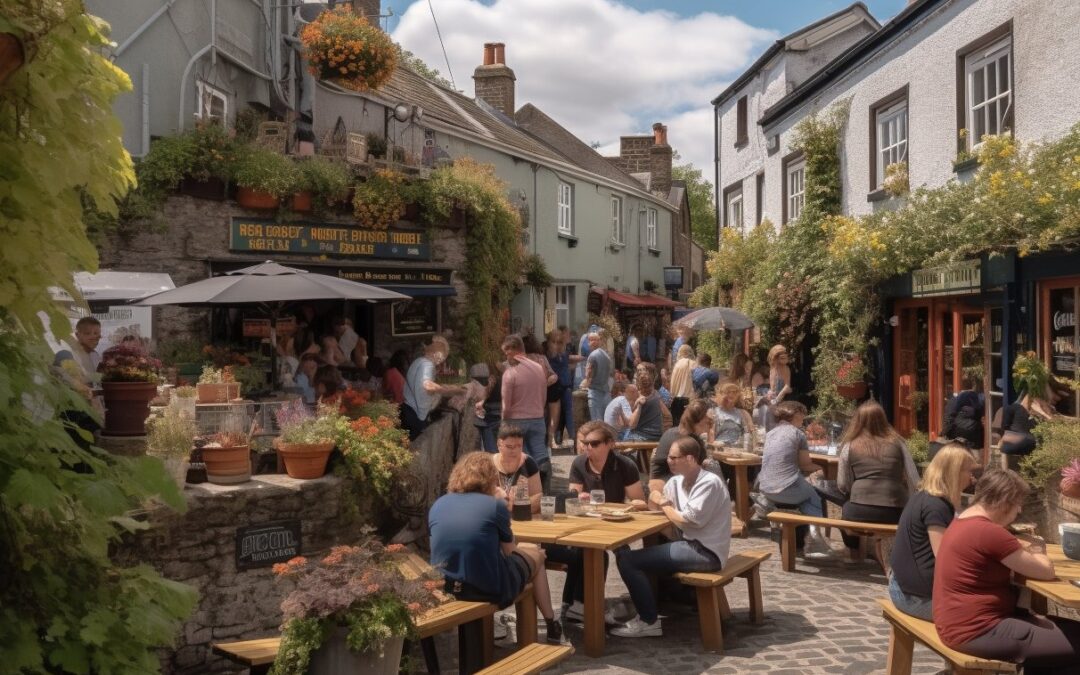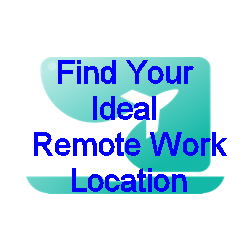As the debate between office and remote work persists, let’s shift our focus to a different perspective—life in terms of the third place. It’s a term coined by sociologist Ray Oldenburg to talk about those places of interaction within communities. Well before the office/remote debates began, Ray was looking at the impact of our car-based suburban culture on the decline of third places. That societal glue that previously existed in bars, post offices, coffee shops, diners, and barber shops was slowly eroded by commuter culture. Ray died in 2022, but if he was with us today I’m sure he would leading the call to develop third places in our community. We are starting to look at them as places to work, but they are important to simply connect.
Our first and second places are our home and office, each with its challenges. Whether working remotely, in a hybrid setup, or the office, none of these options is perfect. This is where the concept of the third space comes into play, aiming to address both office and home/remote challenges simultaneously.
Traditional office spaces are sterile and lack personalization, while home offices can be distracting and lack structure. A flexible working environment called Third Place, which balances beautiful surroundings with functional workspaces, offers an alternative that people want to go to. Third Place attempts to solve office and remote work challenges by providing a flexible, personalized work environment.
Workers desire customization in both office and home spaces to suit their individual needs and preferences. The third place concept can improve both first and second places by providing alternative work environments. There’s no one-size-fits-all formula for the perfect workspace, but it’s something we can strive towards. Let’s delve into the characteristics of each.
Home/Remote
Home is where the heart is – along with all of your stuff. The first place clicks the customization buttons. It is the space that you want because you bought it and decorated it. If you want a standing desk or a coach to work from, it’s up to you. The first place allows for customization and personalization, but it comes with potential distractions like children, pets, and the ever-tempting refrigerator. It calls to us throughout the day and makes us make bad choices. For some, first place is ideal, while for others, it can be lonely and frustrating. At the opposite end of the spectrum, we have the office, which is the main focus of many conversations these days.
The Office
Depending on your personality, you may either love or hate the office. It’s beneficial for consolidating people into a single space and providing a uniform work environment. In many ways, it levels the playing field. If you need help desk support, they know exactly what you’re doing because they built your system. Not so much if you’re at home. Unfortunately, it also poses challenges. The second space can resemble an assembly line modified for non-mechanical work. It lacks personalization and may not consider factors like neurodiversity. The one-size-fits-all approach often doesn’t accommodate individual needs and preferences. We have cubes to give people space but we don’t necessarily give them privacy or freedom to personalize their space in the way that they really would most feel comfortable.
Maybe they need to have AC DC blasting in their headphones or maybe they need to have a completely silent environment. Some want to be able to see nature outside their window. Others want zero distractions. In a second place configuration, it’s more or less one size fits all unless you’re a senior person and then you get a window probably a corner office to go with it. This is a far cry from what we often have at home. What if we want the best of both?
Third Place
The third place for working aims to combine the best of both worlds—beautiful surroundings, flexible working environments, and a reasonable structure with good internet, lighting, and workspaces. The goal is to create an alternative space that people would genuinely want to be in, whether it’s just a nice workspace, an art gallery, a bar, or a beach.
As we contemplate building and embracing the concept of the third place, we should also consider applying its principles to improve our first and second places. Perhaps we need fewer distractions in these spaces, increased security at home, or more personalization at the office. By adopting the wholesome ideas of the third place, we can enhance all our spaces, making them better suited to our individual needs and preferences.
The Bigger Picture
Third place was never used for work back in the day, but it may be what brings it back. It fulfills a need for workers and a need in the community. We’ve all seen “no loitering” and “restrooms are for paying guests only” signs. While there were probably very good reasons for these signs, they eventually damaged the fabric of many communities. Third places existed for decades until we started creating artificial structures like suburbs and central business districts. Then things started to break.
I’d like to think we are in a rebuilding phase. Coworking spaces generally make sense economically, and they fit with the needs of both workers and companies. They are likely to lead to a variety of third place options returning to communities. This increases connections and makes for better places for us to work and live. In sports, third place is not where we want to be. But in our communities, it really needs to be our focus.
——–



